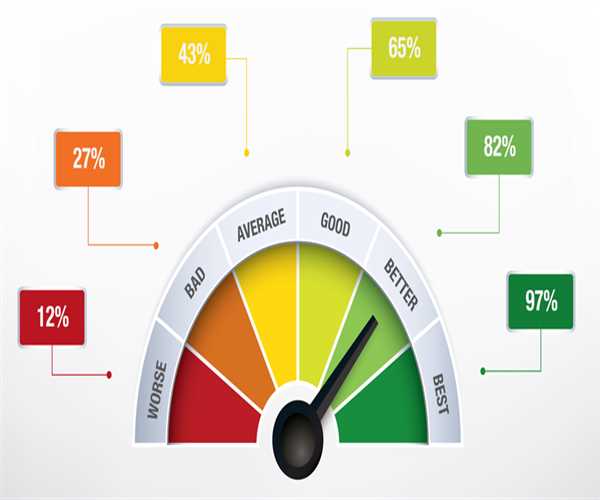
16-Sep-2023 , Updated on 9/16/2023 11:08:19 PM
Performance Testing: Ensuring Software Speed and Efficiency
In today's digital age, software performance is paramount. Users expect fast and efficient applications that respond to their commands without delay. Whether it's a web application, a mobile app, or desktop software, poor performance can lead to user frustration, lost revenue, and damage to your brand's reputation. This is where performance testing becomes indispensable.
What Is Performance Testing?
Performance testing is a type of software testing that evaluates how a system performs under different conditions. The primary goal is to ensure that the software meets speed, responsiveness, and stability requirements, even when subjected to various levels of load and stress.
Performance testing can encompass several subcategories:
- Load Testing: This assesses how a system performs under expected load conditions. Testers simulate the typical number of users, transactions, or requests to determine if the software can handle the expected traffic without performance degradation.
- Stress Testing: Stress testing takes performance evaluation a step further by pushing the system beyond its normal operational limits. Testers seek to identify the breaking point, uncovering potential bottlenecks or weaknesses.
- Scalability Testing: Scalability testing determines the software's ability to scale up or down effectively. It ensures that adding more resources, such as hardware or servers, results in proportional improvements in performance.
- Volume Testing: Volume testing assesses how the system handles large volumes of data. It's crucial for applications that deal with extensive databases or user-generated content.
- Endurance Testing: Also known as soak testing, endurance testing examines system performance over an extended period. Testers monitor for memory leaks, degradation, or other issues that may arise during prolonged usage.
Why Is Performance Testing Important?
- User Experience: Slow or unresponsive software frustrates users and may lead them to abandon your application. Performance testing ensures a smooth and satisfying user experience.
- Customer Satisfaction: High-performance software leads to satisfied customers who are more likely to become loyal users and recommend your product to others.
- Revenue Protection: Poorly performing applications can result in lost sales, especially in e-commerce and online services. Performance testing helps protect your revenue.
- Brand Reputation: Users associate your brand with the quality of your software. Performance issues can damage your brand's reputation, while fast and efficient software enhances it.
- Identifying Bottlenecks: Performance testing helps identify bottlenecks and weaknesses in your system, allowing you to address them before they impact users.
The Performance Testing Process
Successful performance testing involves a well-defined process:
- Requirements Analysis: Understand the performance criteria, including response times, throughput, and resource utilization, based on user expectations and business needs.
- Test Planning: Create a detailed test plan that outlines objectives, scenarios, test data, and performance metrics.
- Test Design: Design test cases and scenarios that replicate real-world usage patterns, including different load levels and usage scenarios.
- Test Execution: Execute the tests using specialized performance testing tools. Monitor and collect data on system performance during testing.
- Analysis and Reporting: Analyze the test results to identify bottlenecks, performance issues, and areas for improvement. Generate comprehensive reports.
- Optimization: Based on the findings, make necessary optimizations to improve system performance. This might involve code changes, database optimizations, or infrastructure upgrades.
- Retesting: After optimizations, retest the software to ensure that performance improvements meet the desired criteria.
Performance Testing Tools
A variety of performance testing tools are available to help streamline the process. Some popular options include Apache JMeter, LoadRunner, Gatling, and NeoLoad. These tools offer features for load generation, monitoring, and result analysis.
Conclusion
Performance testing is a critical aspect of software development and quality assurance. It ensures that your software performs as expected under varying conditions, providing a seamless user experience and safeguarding your brand's reputation. By incorporating performance testing into your development process, you can proactively address performance issues and deliver high-quality software that meets user expectations. Remember, in today's competitive digital landscape, speed and efficiency are key differentiators, and performance testing is your tool for achieving them. For those looking to enhance their software testing skills, consider exploring the Best Software Testing Training in Bareilly, Lucknow, Meerut, Noida and other cities in India to gain the knowledge and expertise needed to excel in the field of software testing.

Digital marketer
Muskan is a Digital Marketer and Content Marketing Specialist, She enjoys technical and non-technical writing. Her passion and urge to gain new insights into lifestyle, Education, and technology have led her to Uncodemy. She quenches her thirst for technology through her action-oriented writing skills and a profound ability to stay up-to-date with the latest industry trends. https://www.uncodemy.com/
Join Our Newsletter
Subscribe to our newsletter to receive emails about new views posts, releases and updates.
Copyright 2010 - 2026 MindStick Software Pvt. Ltd. All Rights Reserved Privacy Policy | Terms & Conditions | Cookie Policy